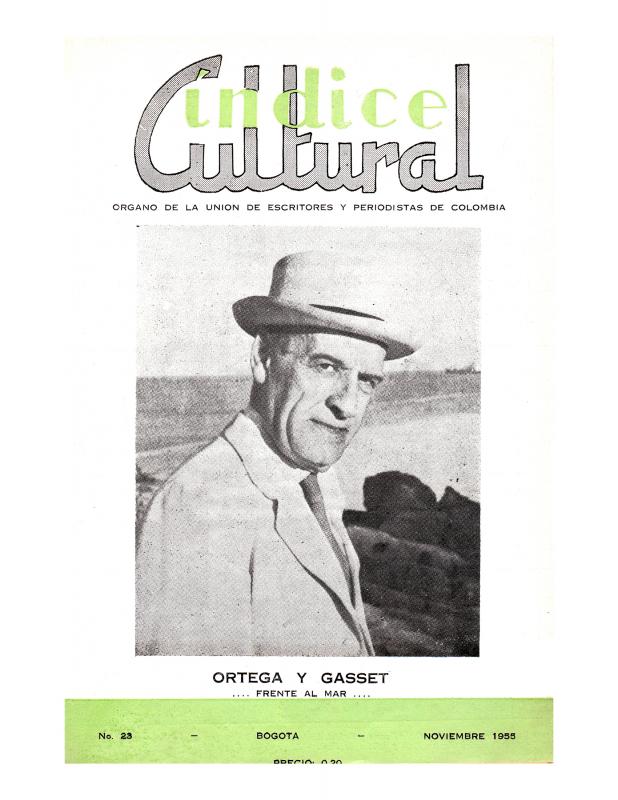At least two aspects of this article are relevant to research on Colombian art history. The first is where it was published and the second is the fact that it attests to the production of fresco murals in Colombia in the 1950s that made use of new visual languages. The article was written by Teresa Tejada (born 1928), who was trained in architectural design. She was a contributor to the journal Prisma, conceived and directed by Argentine critic Marta Traba (1923–1983); twelve issues of that journal, in which Traba tried to bring the Colombian public into contact with Modern art, were published during 1957. Tejada was one of Traba’s students at the Universidad de América in Bogotá that participated in Prisma. Indeed, this article is an example of the sort of criticism that Traba’s students were trained to write, criticism that placed emphasis on formal values and the idea of progress in art, and that viewed abstraction as the greatest accomplishment possible. Thus, Tejada’s analysis centered on the Modern treatment of the line, composition, and color in murals by Alejandro Obregón (1920–1992) and Hernando Tejada (1925–1998). In addition to writing articles for Prisma, Tejada was in charge of the magazine’s design.
The frescos discussed in this article attest to the rise of muralism in Colombia in the mid-fifties when the government, the church, and the industrial and financial elite took a certain interest in commissioning murals for buildings, both public and privately owned [see “Pequeña historia del M.N.A.P.,” doc. no. 858455]. The murals discussed here were produced in Barranquilla, Cali, and Palmira, that is, at a distance from Medellín and Bogotá—the centers of mural art in earlier decades. These works also demonstrate local history as a persistent theme in Colombian muralism.

